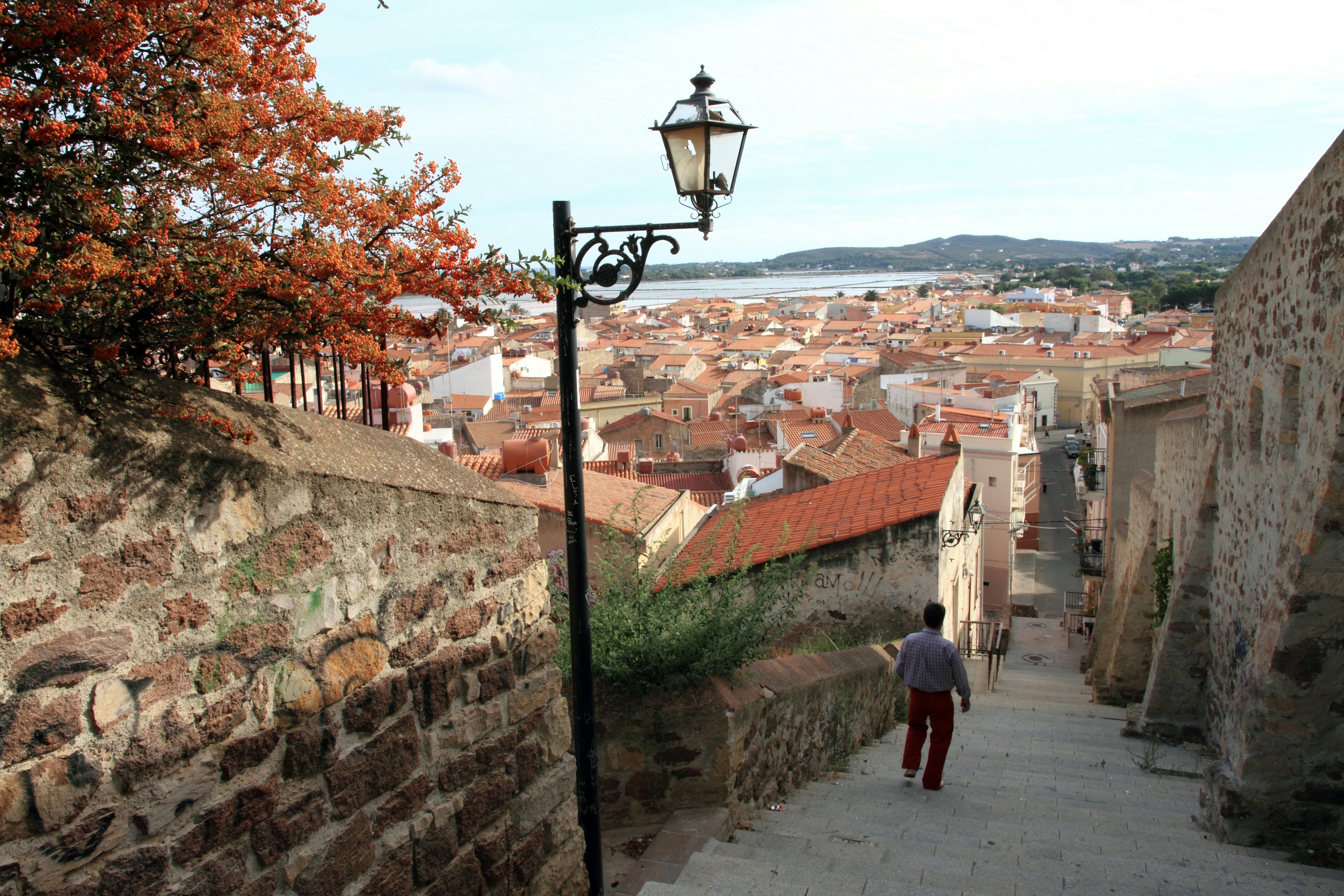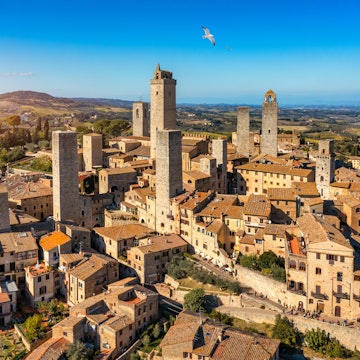

Cala Goloritze, Sardinia. Roberto Romanin/Shutterstock
Ferries and resorts fill up during summer when crowds reach Sardinia to make the most of its dreamy coastline. But turquoise waters are just part of the allure. Ancient traditions blend with diverse landscapes on Italy’s second island, where stretches of fine sand and soaring cliffs surround a mountainous interior covered in Mediterranean scrub.
Whether you are planning a road trip, a through-hike or a tour in search of the hidden coves that dot the rugged coast, keep these things in mind as you plan your Sardinian holiday.

1. Plan to stay at least a week
Stretching for approximately 270km north to south, Sardinia may appear small on the map, but covering each province could take weeks if you want to see all the island has to offer. From exploring the ruins left behind by the ancient Nuragic civilization, to diving into marine reserves dotting the coast and visiting wineries in the hilly interior, you’ll feel rushed if you plan to squeeze everything in just a few days.
Take at least a full week to travel beyond the highlights and organize each leg of your itinerary in advance if you are visiting in the high season, as many of the most popular destinations are likely to be fully booked months in advance.
2. Avoid crowds and high prices during the shoulder season
Traveling to Sardinia in July and August means facing the infamous Italian peak holiday season – this is not just the hottest time of the year, but also the period during which most Italians flock to the coast for their annual holidays. Expect crowds and peak pricing on everything from ferry tickets to hotels and car rentals.
Visiting before or after the summer will make your trip to Sardinia much more enjoyable. The island is sunny for much of the year, and the swimming season can start as early as April and runs until October. By avoiding peak summer months, you’ll find affordable accommodation and can move around spontaneously on side trips without too much advanced planning.

3. Don’t underestimate the heat
The heat is not to be taken lightly. Global warming is hitting Sardinia especially hard and record temperatures have been registered year after year – in late July of 2023, the eastern coast of the island surpassed 48°C (118°F), with a high risk of forest fires affecting much of the dry interior.
July and August are the warmest months. If you are visiting during this time of the year, it’s best to avoid hiking or cycling in the middle of the day. Needless to say, always carry plenty of water.

4. Fly or book a ferry to get to Sardinia
Sardinia is well-connected to mainland Italy and many European destinations, thanks to three airports – Cagliari, Olbia and Alghero – located on three corners of the island. Cagliari, Sardinia’s capital, is the main entry point, but Alghero has long functioned as Ryanair’s main Sardinian airport, offering frequent low-cost flights year-round.
Flying is not the only way of getting to Sardinia. Ferries depart from the ports of Livorno and Piombino in Tuscany, from Civitavecchia (near Rome), from Naples and from Palermo, allowing you to take the slow trip across the Tyrrhenian Sea to Sardinia’s eastern coast. Main operators include Moby, Tirrenia, Grandi Navi Veloci and Grimaldi Lines. Continue onto Spain by taking the ferry connecting Porto Torres with Barcelona, or by heading north to Corsica.
5. Driving is the best way of getting around, but there is a shortage of rental cars
Sardinia has a decent rail network, and buses go where trains can’t. Yet, traveling by public transport is slow and doesn’t allow access to more remote areas, where you'll find many of the island’s natural wonders.
Traveling to Sardinia by ferry means you can take your vehicle with you from mainland Italy. Still, it’s worth comparing the prices of sea transport with those of car rentals, especially if you are visiting in the high season when ships fill up and ticket prices increase significantly.
If you choose to rent a car on arrival during the high season, book in advance. In recent years, Sardinia has experienced a shortage of car rentals, due to a combination of the global ship shortages, the effects of the pandemic on the local economy and the island's recent growing popularity.
6. Be ready to speak (or listen to) different languages
Sardinia is not just geographically diverse, it’s also linguistically rich. While Italian is spoken everywhere, the local language is Sardinian, a neo-Latin tongue that has been officially recognized as one of Italy’s minority languages and declared endangered by UNESCO. But Sardinian is not the only language spoken by the 1.6 million people living on the island – head northwest to the area of Alghero, and you’ll hear people speak a version of Catalan, a remnant of Spanish domination in the 16th and 17th centuries.

7. Choose between wilderness or hyper-luxury
In the late 1950s, a development project backed by a group of large foreign investors began transforming the rural area of Gallura into one of Italy’s most luxurious holiday destinations. The Costa Smeralda, a 50km (31 mile) stretch of coastline in the northeastern part of the island, is now home to hotels where rooms cost thousands per night, exclusive nightclubs and restaurants, a yacht club, golf courses and dreamy villas that host international VIPs.
The publicity received by this corner of Sardinia often overshadows its wilder heart, best experienced through long-distance hikes that cross the island’s majestic landscapes. Pack a tent and a sleeping bag to tackle multiday trails such as Selvaggio Blu, considered one of Sardinia’s most challenging treks, or the Grande Traversata del Supramonte, running along the Supramonte mountain range in the eastern part of the island.
8. Take it slow and experience Sardinia on two wheels
Bike tourists have long loved Sardinia for its low traffic and coastal roads. This has become even more noticeable in recent years as large investments have been put toward improving existing cycling paths and creating new routes for travelers who enjoy exploring on two wheels. Most cities now have bike rental services, and the network of dedicated lanes is growing, allowing for safe and sustainable slow travel.
















